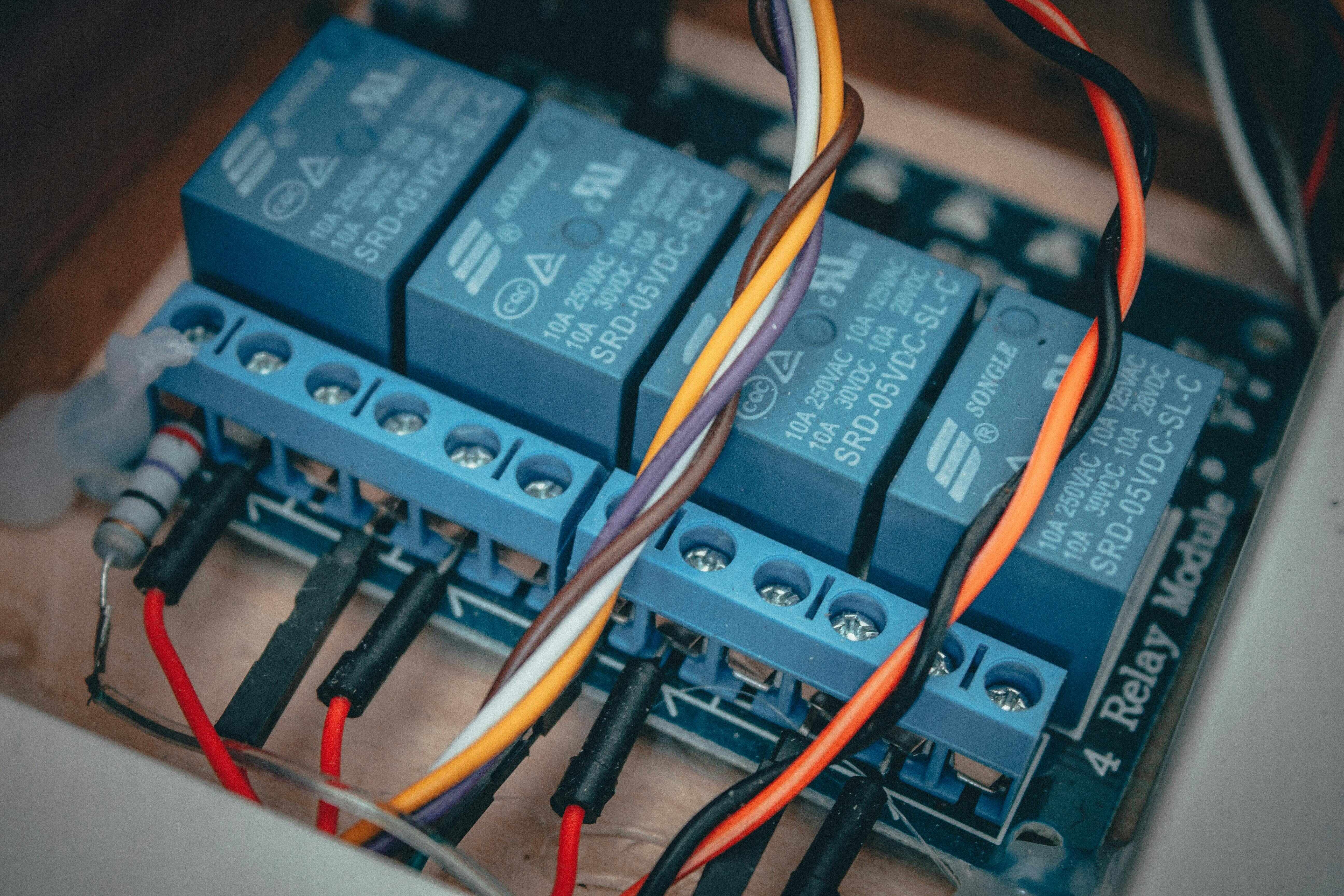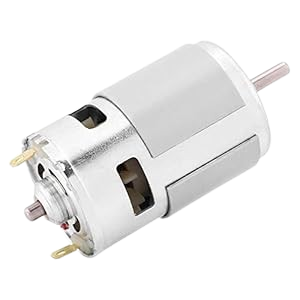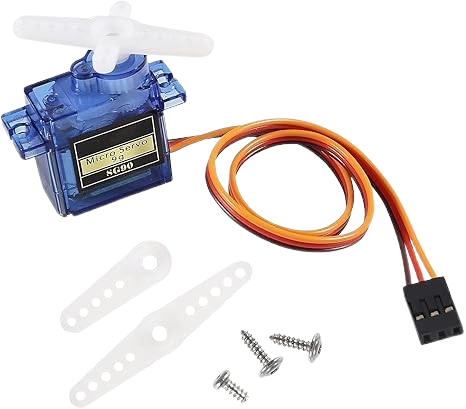Electromagnet in IoT: Working, Applications & Benefits in Smart Devices (2025 Guide)

Overview
Introduction to Electromagnets
An electromagnet is a type of magnet in which the magnetic field is produced by the flow of electric current. Unlike permanent magnets, electromagnets are temporary—they can be turned on and off using electricity. This controllable magnetic field makes them ideal for use in modern electronics, automation, communication systems, and more.
Electromagnets are fundamental components in various fields such as robotics, sensors, motors, relays, solenoids, and industrial machinery.
How Does an Electromagnet Work?
The working principle of an electromagnet is based on Ampere’s Circuital Law and Faraday's Law of Electromagnetic Induction. When electric current passes through a conductor (typically a copper wire), it generates a magnetic field around it. By winding the wire into a coil around a ferromagnetic material (like iron), the magnetic field is intensified.
-
Current ON ➝ Magnetic field created
-
Current OFF ➝ Magnetic field disappears
Components of an Electromagnet
-
Conductor Coil (Usually copper wire)
-
Power Source (Battery or DC supply)
-
Ferromagnetic Core (Iron or steel rod)
-
Switch or Control Circuit
Types of Electromagnets
Electromagnets are classified into several categories based on their design and usage:-
Temporary Electromagnet
- Basic structure
- Used in simple experiments and educational kits
- Field disappears immediately after power cut
-
Permanent Electromagnet
- Modified with special core materials
- Holds some magnetic property even after power is off
- Used in magnetic locks and switches
-
Superconducting Electromagnet
- Made from superconducting coils
- Offers very high magnetic fields
- Used in MRI machines and particle accelerators
-
Relay-Type Electromagnet
- Used to switch circuits on/off
- Found in automation systems and vehicles
-
Industrial Electromagnet
- Heavy-duty usage
- Seen in cranes, scrap yards, and magnetic separators
Advantages of Electromagnets
-
Controlled Magnetism – Switch ON/OFF at will
-
High Efficiency – Stronger than permanent magnets
-
Customizable Strength – Based on current and coil turns
-
Safe to Use – No residual magnetism
-
Compact & Durable – Ideal for embedded systems
Applications of Electromagnets
Electromagnets are everywhere in modern life. Here are some major use cases:-
Magnetic Relays & Switches
-
Electric Motors & Generators
-
Loudspeakers & Microphones
-
Magnetic Locks in Security Systems
-
MRI Scanners in Healthcare
-
Scrap Yard Cranes (lifting metal)
-
Particle Accelerators & Scientific Instruments
Real-World Example: Electromagnet in Magnetic Door Lock
A magnetic door lock uses a coil wrapped around a metal core. When the current passes, it creates a strong magnetic field that holds the door closed by attracting a metal plate. When the power is turned off, the magnetic force disappears and the door unlocks.
How It Works:
- User activates a switch or RFID
- Current flows in the coil
- Magnetic field is created instantly
- Lock engages (door remains shut)
- When system is turned off, door releases
Key Technical Specifications (Sample)
| Parameter | Typical Range |
|---|---|
| Coil Resistance | 10–100 Ohms |
| Voltage Requirement | 5V to 24V DC |
| Core Material | Soft iron/ferromagnetic |
| Power Consumption | 1W to 50W |
| Response Time | <10 ms |
Where to Buy
Prices may vary. Click on "Buy Now" to check current availability and pricing.
Administrator
Frequently Asked Questions
Common questions about Electromagnet in IoT: Working, Applications & Benefits in Smart Devices (2025 Guide). Find answers to the most frequently asked questions.
User Reviews & Comments
Share your experience with this IoT Blog. Your feedback helps our community make informed decisions!
Share Your Experience
Help others by sharing your thoughts about this IoT Blog.
Related Blogs
Explore more IoT Blogs in the same category

Ultimate Guide to Relay Modules for IoT: Complete Details and Setup Tips
Output Devices
Discover the ultimate guide to relay modules for IoT! Learn their features, applications, and setup tips for smart automation. From controlling appliances to building IoT projects, this blog covers types, specifications, and wiring techniques. Perfect for beginners and experts, unlock the power of relay modules to enhance your IoT solutions. Stay ahead in smart technology with our expert insights and practical advice.

DC Motor in IoT: Types, Working, Applications, and Integration Guide
Output Devices
Discover how DC motors power real-world IoT applications. This complete guide covers DC motor types, working principles, benefits, and step-by-step integration for smart devices. Learn how to use DC motors in IoT projects with precision and efficiency. Ideal for developers, students, and IoT engineers seeking reliable motor control solutions.

Servo Motor: Types, Working, Applications, and Complete Guide
Output Devices
A servo motor is a high-precision electromechanical device used for accurate control of angular or linear position, velocity, and acceleration. This complete guide covers its types, working principle, features, and applications across industries such as robotics, automation, and manufacturing. Learn how servo motors operate, their benefits, and how to choose the right model for your specific project or industrial needs.
No Reviews Yet
Be the first to share your experience with this IoT Blog!